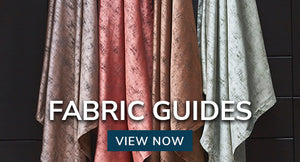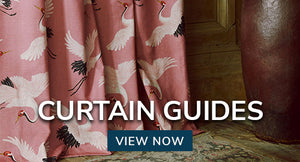Which inners are best, feather or polyfibre?
The type of cushion you're referring to makes a difference in the best type of filling. If you're talking about a bed cushion or pillow for sleeping, the answer will be different from a cushion for the chair or other type of decorative cushion. The easiest way is to approach them both separately, starting with a chair or decorative cushion first.

Decorative cushions
Decorative cushions have been around for centuries and were often embellished with jewels and other precious items. In fact, in Egypt, the more bejewelled cushions you had indicated the amount of wealth you had. So more was better in this case, but that's not always true today. Decorative cushions come in various sizes, shapes, fabrics and designs.
They're also filled with a variety of different materials. The most expensive type of filling is down feathers, which have been used for centuries. In olden times when down feathers weren't affordable, chicken feathers made a great choice. Today, we use a wide variety of man made materials such as polyfibre. From polyester stuffing that tends to flatten easily, to foam, man-made synthetics have taken the cushion market by storm. Even latex, natural shredded rubber and other natural fillers are part of the mix.

The nature of the throw pillow is strictly decorative, so you don't necessarily need the most durable filler, particularly if you frequently change your décor. If you think you'll be using it for neck support or a quick snooze on the sofa, go with the higher quality filler. Polyester and many alternatives are good choices over down if you have allergies. Not only is there less chance of microbes and dander, they also tend to collect less dust. Synthetic options are normally cheaper, so they're far more budget friendly, allowing you to change your décor more often.
What type of filling should you use for bed cushions/pillows?
Many of the same fillers are used in bed pillows. However, there are some that have a preformed shape made of a whole piece of synthetic material, which can be memory foam, latex or other type of material that offers soft support. Down pillows can be a luxury in bed, but remember, each person has a different idea of what feels good. Down holds it's shape and provides soft supreme support. It's light and cushiony and lasts a long time.
It has disadvantages, however. You have to fluff it, which isn't difficult but it's one more thing to do before going to sleep. There aren't any firm options when it comes to down, either. It's harder to clean than some other options and can be very pricey for a good pillow. It also has the tendency to trigger allergies.

Cotton filling is an option not often used because it compacts rapidly. It may be used in a combination of materials, which offset that tendency. It's easy to maintain. Polyester pillows often feel similar to down but can compact quickly. When it's siliconised polyester, the problem of resilience is solved. It tends to be less expensive than down.
Boudoir cushions generally have polyfibre fillings as they are used for decorative purposes and lumbar support rather than actually laying your head on to sleep.



























































